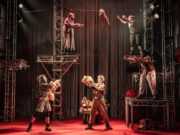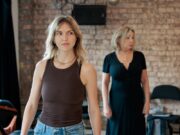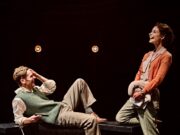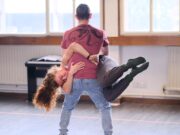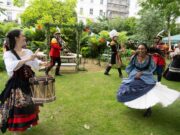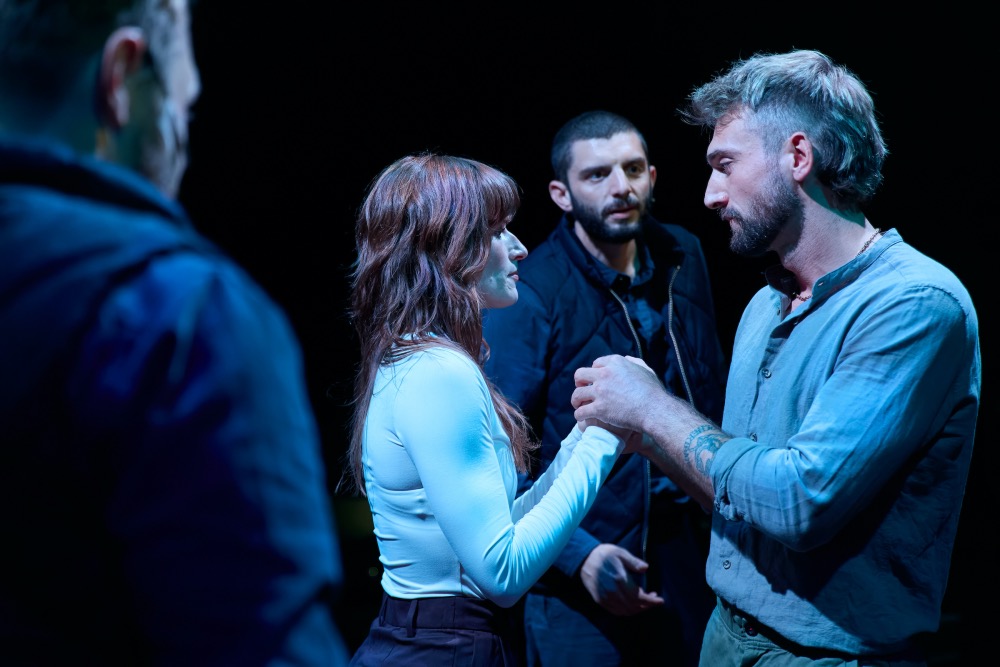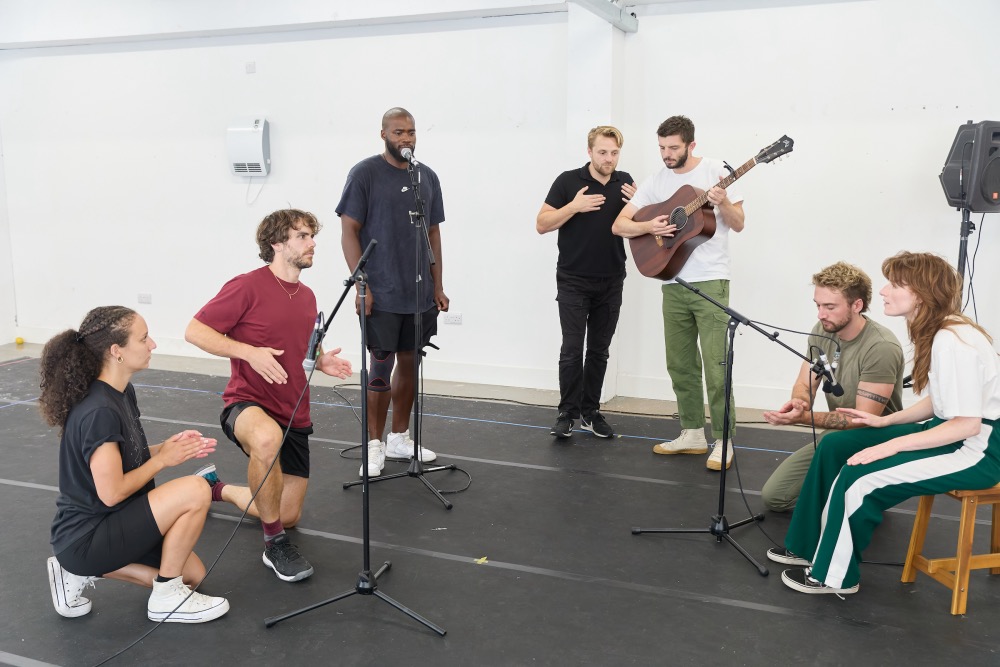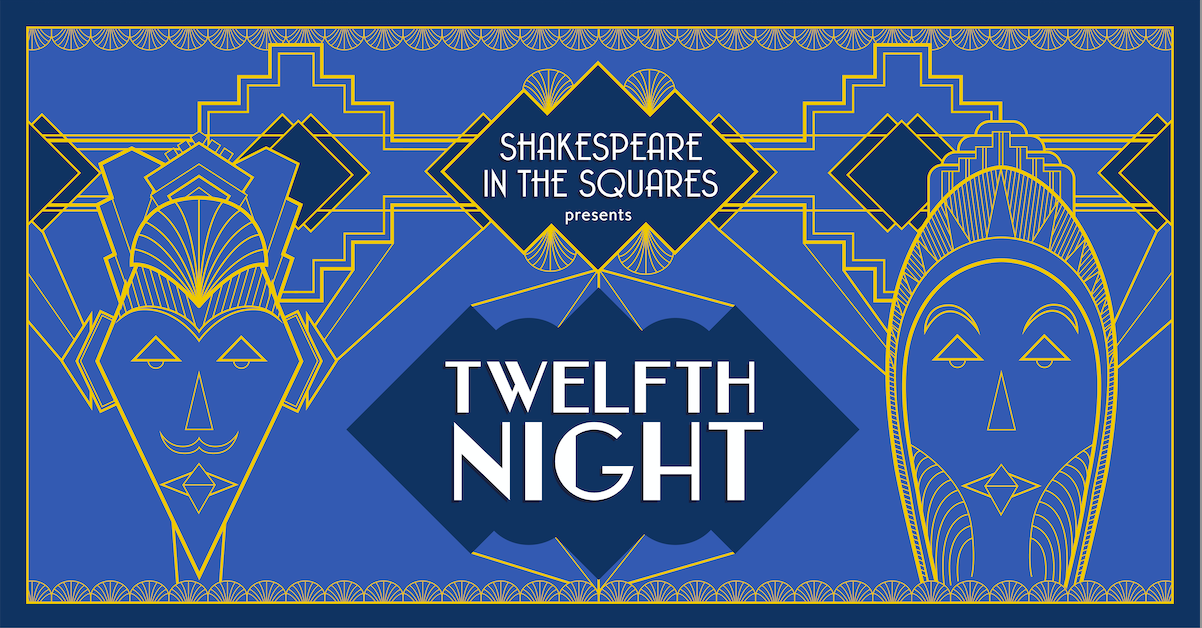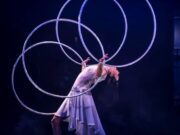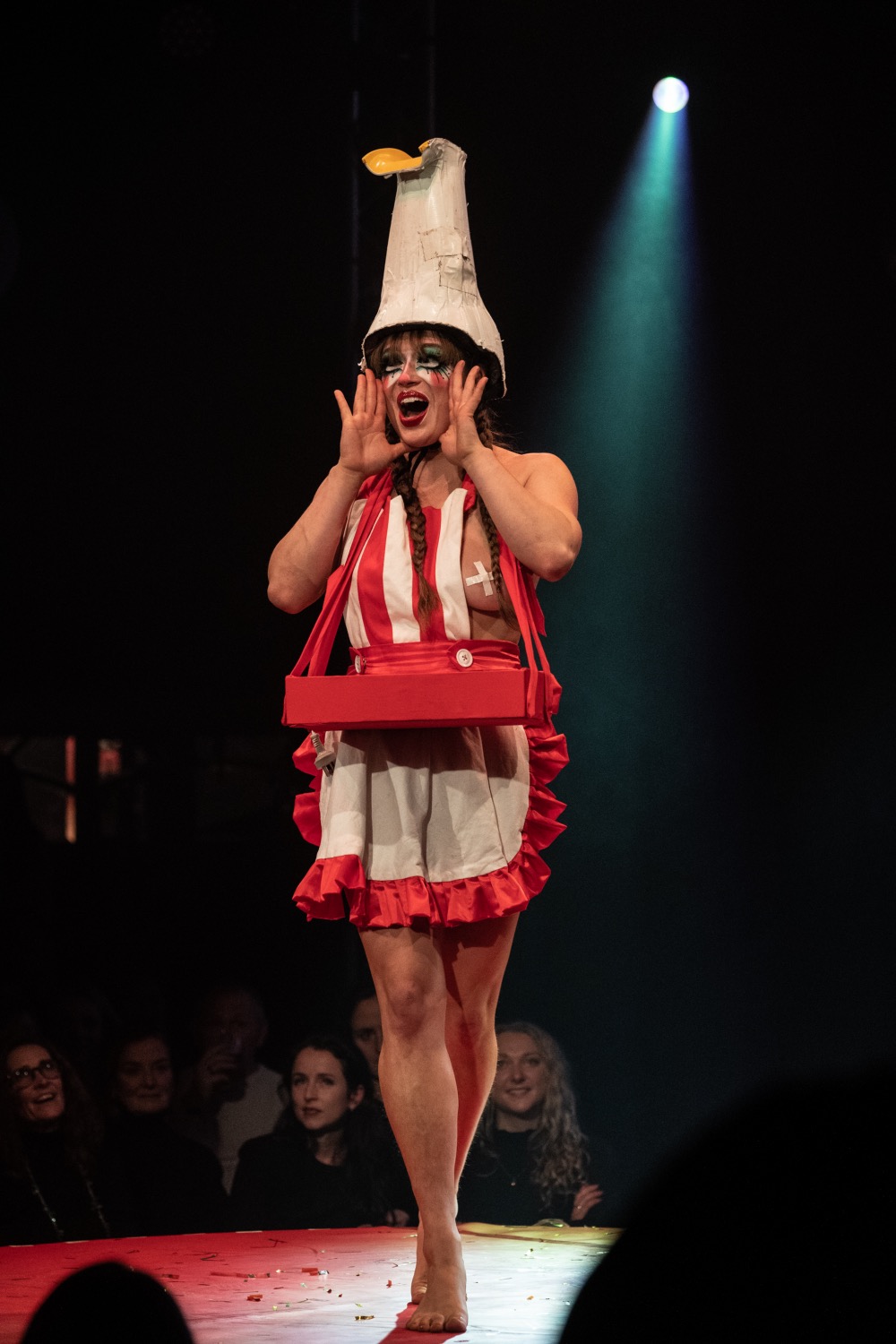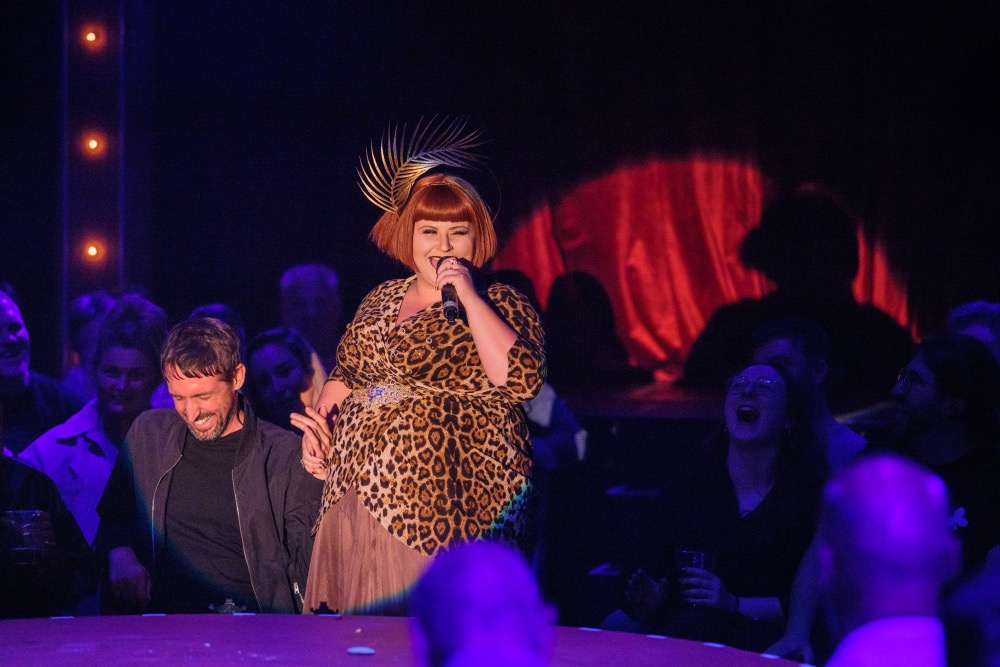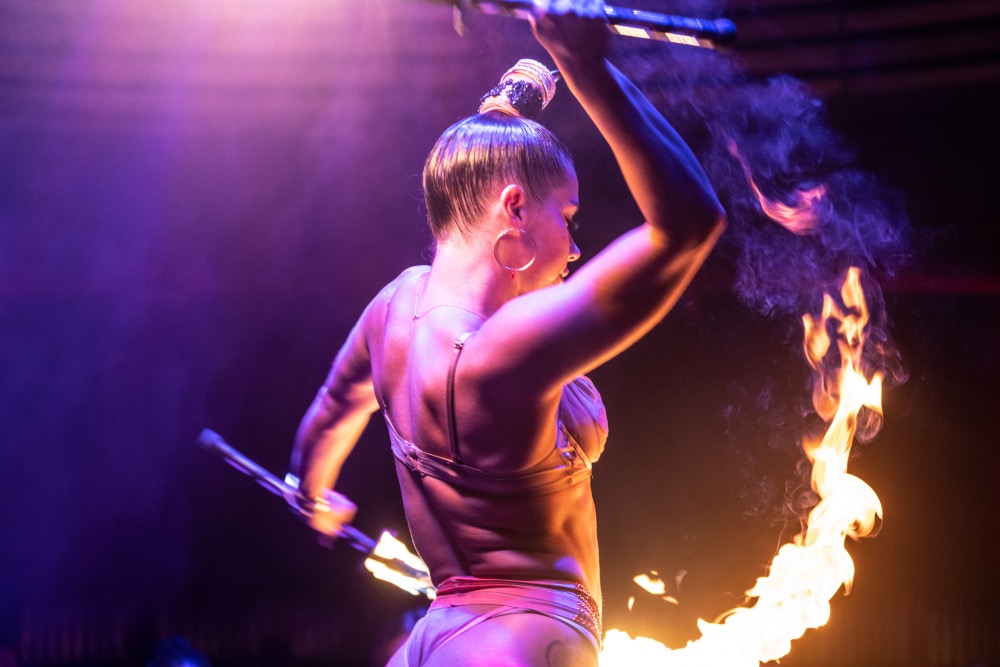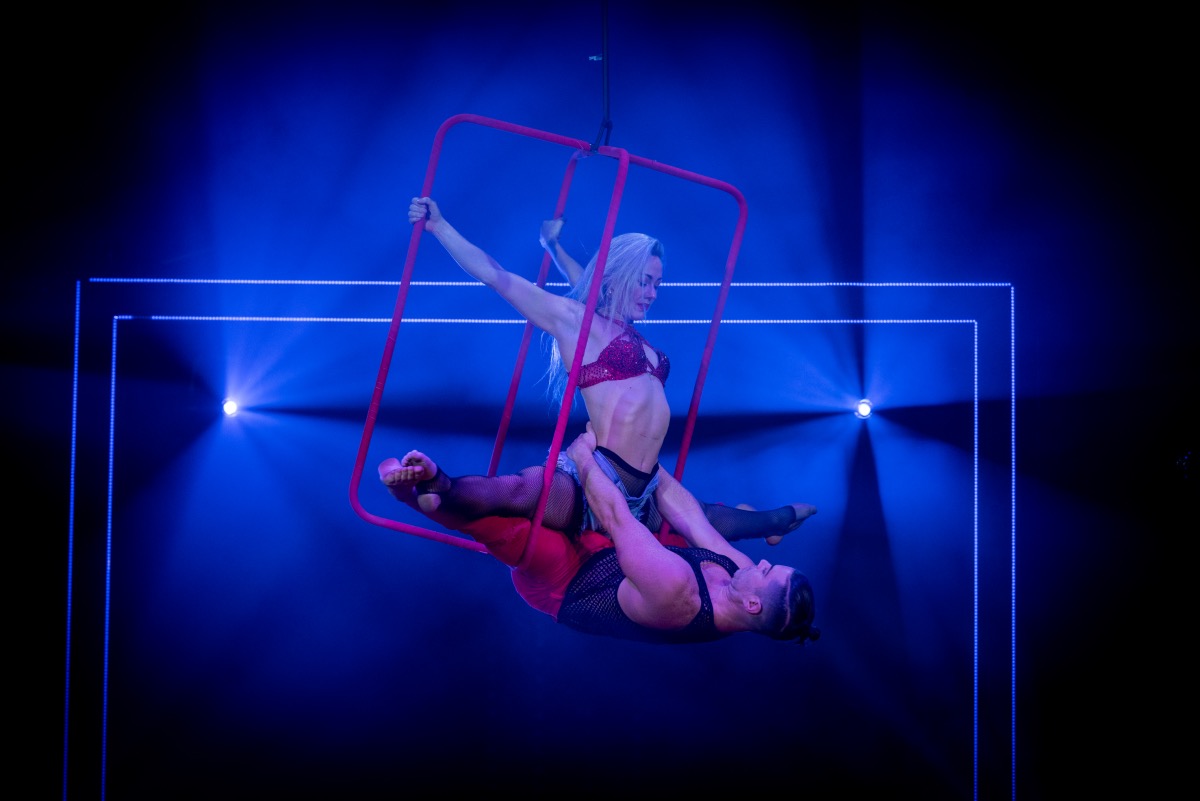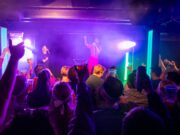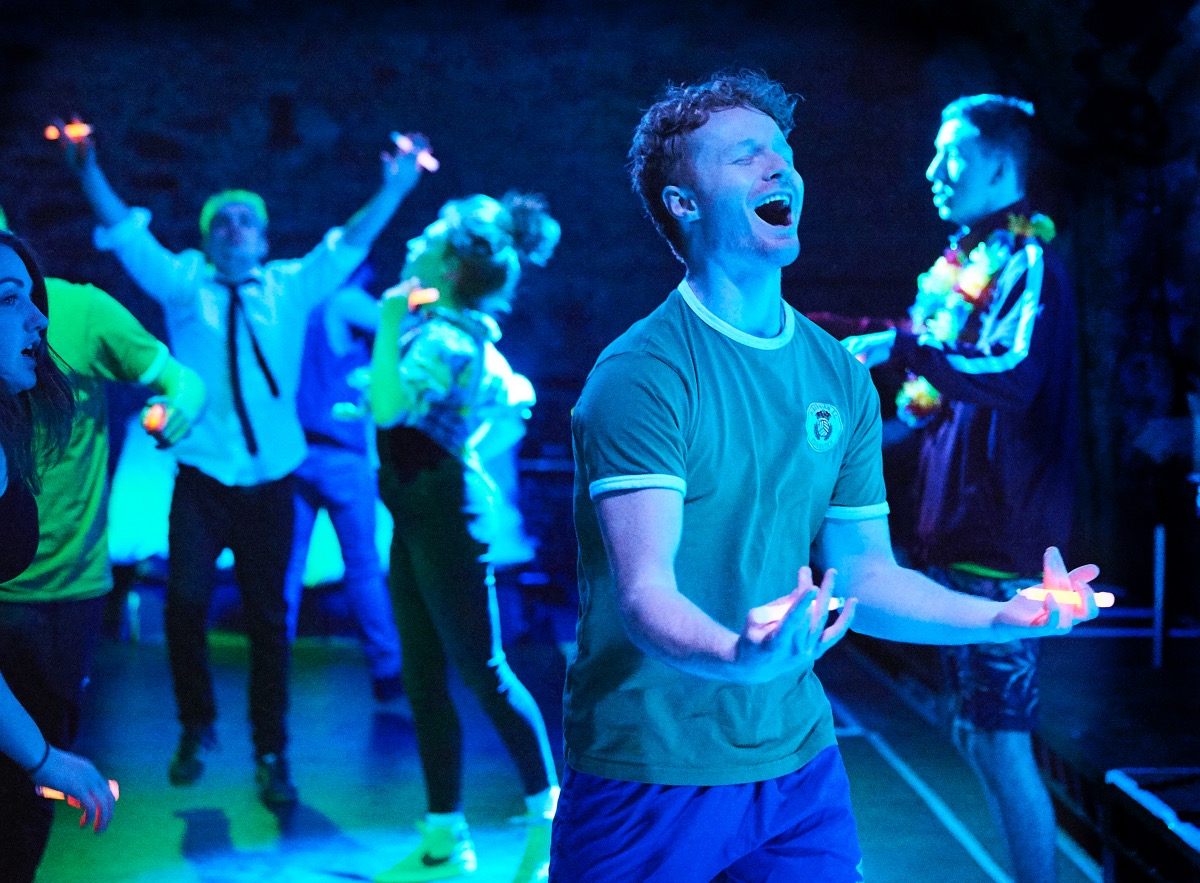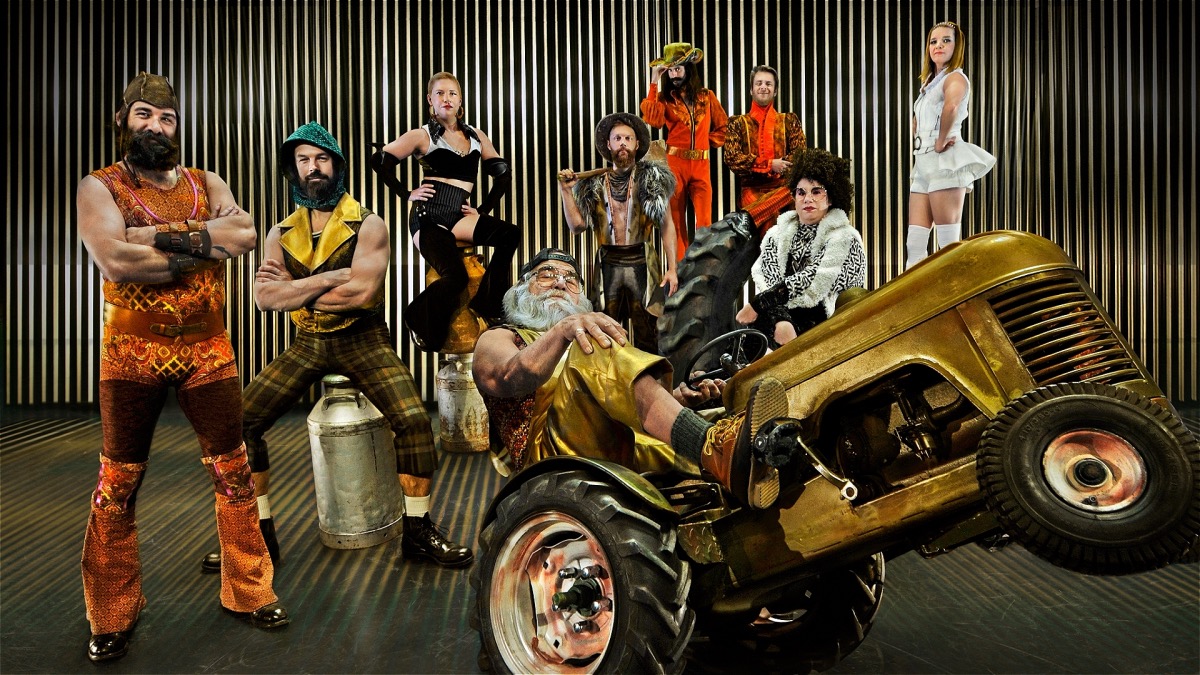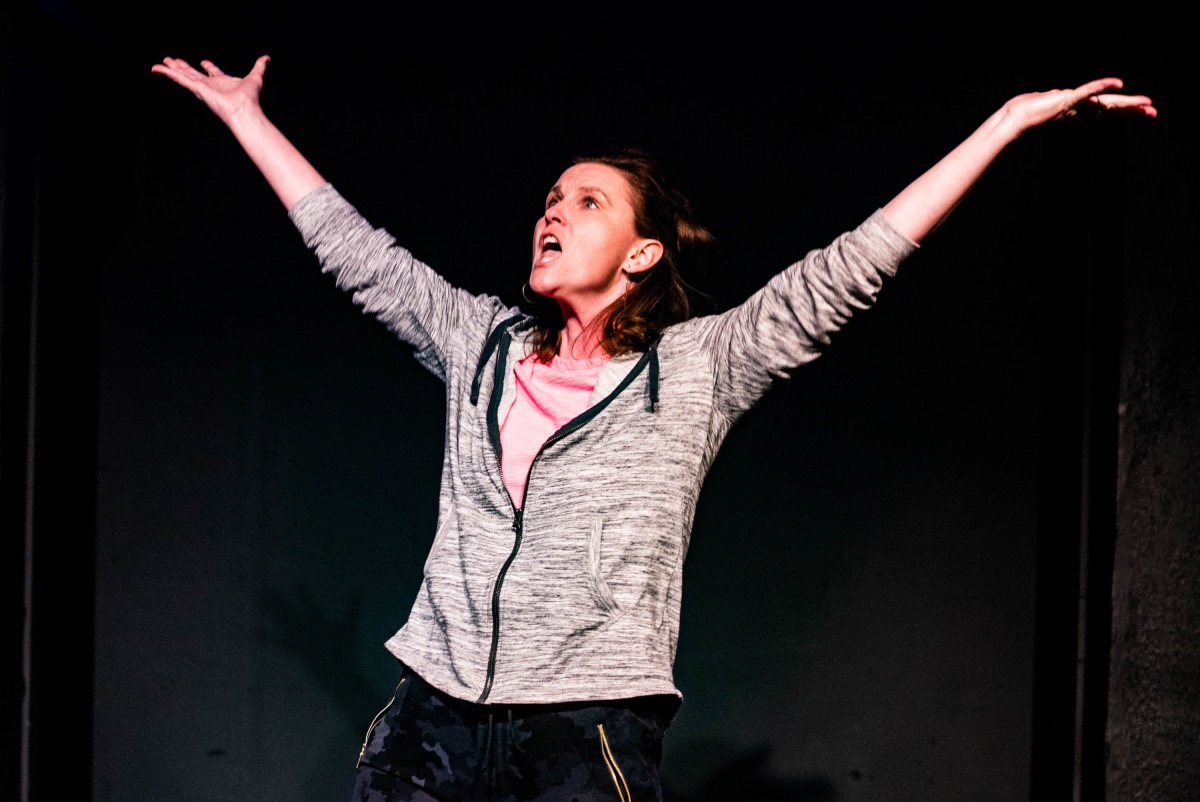
26 Leake Street Gallery at Waterloo’s Graffiti Tunnels is transformed into an interactive audiovisual space taking you on an immersive journey through the remarkable life of the former South African president Nelson Mandela. The global tour of this exhibition makes its debut in London. It opens to the public today the 8th of February and will run until June 2nd.
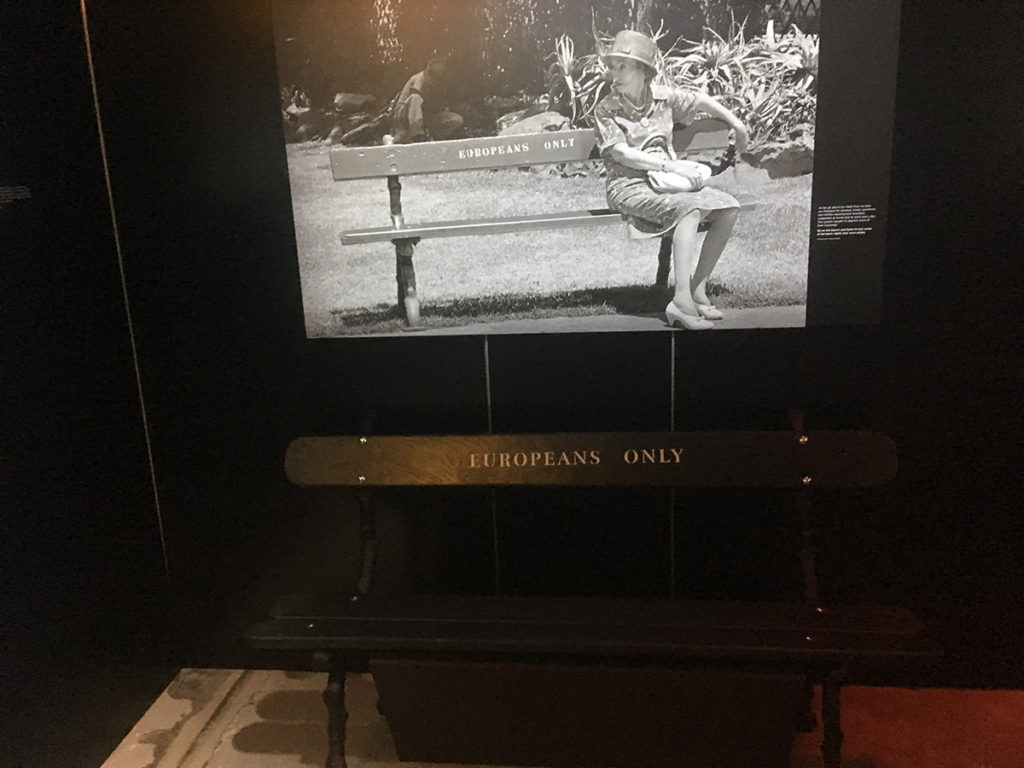
The Exhibition features previously unseen film, photos and displays of over 150 historical artefacts and personal effects on loan from the Mandela family, museums and archives worldwide.
You first journey through Mandela’s early years examining both the traditional Thembu culture and the life of a rural farm boy with traditional artefacts that include a replica of a traditional rondavel set among the rolling hills of the Transkei.
The degradation of segregation of apartheid is demonstrated by the signage Europeans only on a park bench and dry cleaners sign. We see also the harshness of police brutality in South Africa at that time.
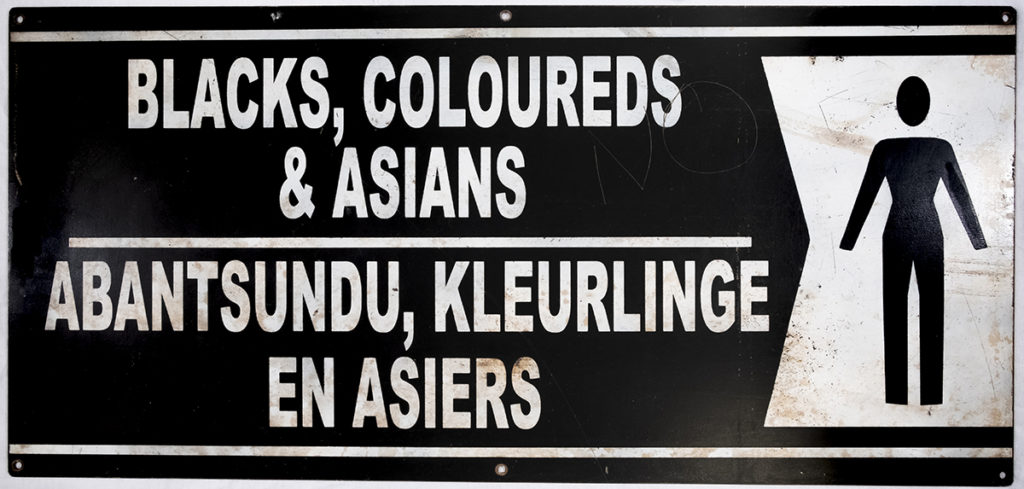
(The Reservation of Separate Amenities Act, Act No 49 of 1953, legalised the segregation of facilities based on race. This act was one of the foundations of the system of apartheid in South Africa. The act was repealed on 15 October 1990.)
The section that features Mandela’s Prison Years recreates his experience of life in his prison cell from the rough sisal mat he slept on to the sounds of Robben Island. A touch screen shows us how newspapers were censored for prisoners with all political columns removed. A shovel and pick-axe demonstrate the hard labour endured by Mandela throughout his prison sentence.
We see a selection of newspaper images from when he was finally released from imprisonment after serving 27 years. Original news footage from the time revisits the violence of the early 1990s while celebrating the miracle of the first democratic election.
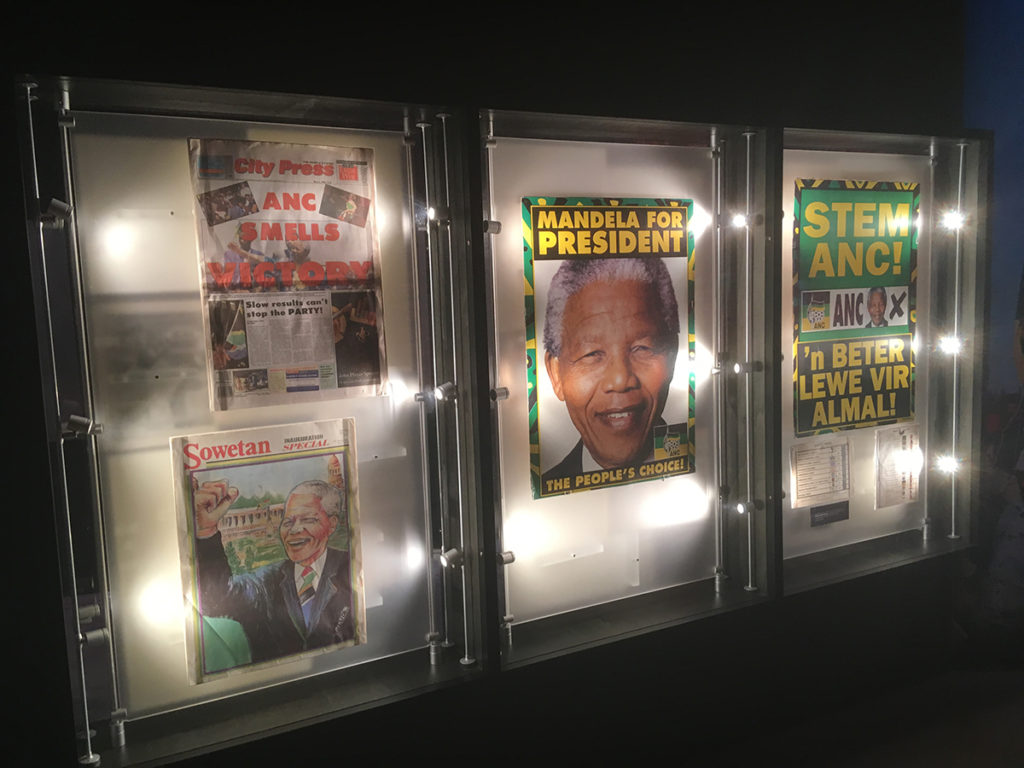
There is a section for Anti-Apartheid in Britain that shows the role British trade unions, celebrities and individuals played in bringing about the end of the apartheid government.
Nelson Mandela’s words and letters are dispersed throughout the exhibition. One wall reads “Real leaders must be ready to sacrifice all for the freedom of their people“. This quote from him here really resonates with me.
In the section Healing a Nation iconic objects and video contributions by family members, former staff and famous people demonstrate how Nelson Mandela united South Africa and brought an end to apartheid in South Africa. Mandela was a true leader who inspired the world.
Speaking of his grandfather, Chief Nkosi Zwelivelile Mandela said “I love how Madiba in his book Long Walk To Freedom is sitting on top of the hill at the end, enjoying the vista that surrounds him, and when he looks back at the journey he’s made, he realises the many mountains that had to be climbed and the many rivers that had to be crossed. As he looks ahead there are still so many mountains and so many rivers. Now he’s no longer with us those are left for us to climb and cross. We have to pick up the baton and charge forward, continuing the work that was very dear to his heart”.
In the final section, A Moment with Mandela each visitor has the opportunity to hear directly from Madiba inspiring us, the next generation to carry on his legacy.
Mandela: The Official Exhibition is on display at 26 Leake Street, London from 8 February to 2 June 2019.

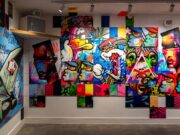
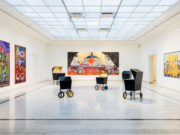

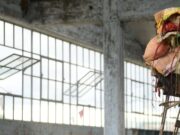
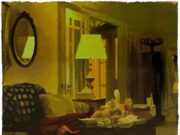



![Antigone [on strike] | Review Ali Hadji-Heshmati and Hiba Medina in Antigone [on strike] at Park Theatre, London. Photo: Nir Segal](https://theartiscapegallery.com/wp-content/uploads/2025/02/Antigone-on-strike-photo-by-Nir-Segal-D1_Standard-180x135.jpg)
